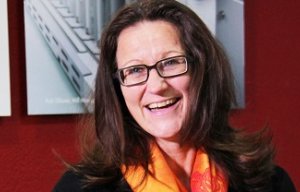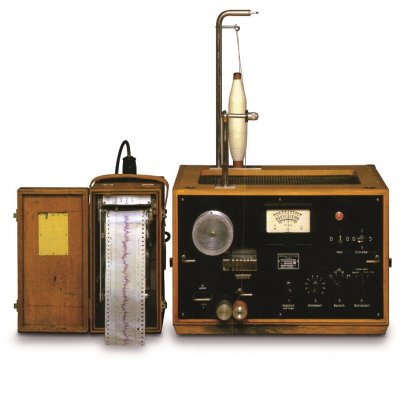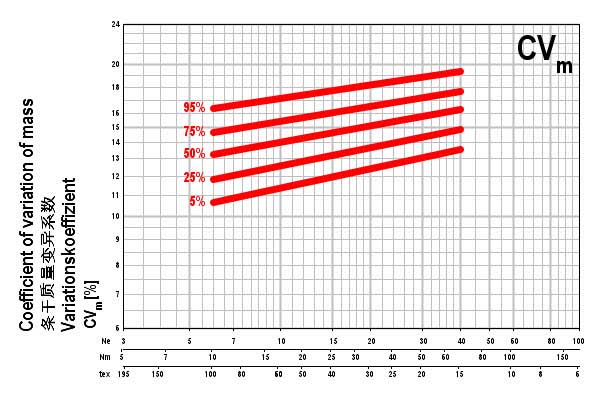
Uster Statistics 2018 launches in app format
This year Uster Statistics textile benchmarking tool is celebrating its 60th anniversary.

20th December 2017
Innovation in Textiles
|
Uster
This year Uster Statistics textile benchmarking tool is celebrating its 60th anniversary. On this occasion, Peter Hättenschwiler, who devoted his entire working life to Uster, reveals the facts behind the remarkable success of a concept, which was never intended to become so well-known.
“We were proud of the Statistics because it was genius as well as helpful at that time. That’s all. We were much too modest to believe that what we made could have a big impact on the company’s reputation as a technological leader,” said Hättenschwiler.
Peter Hättenschwiler celebrated his 90th birthday on 26 September. He was born in St Gallen, Switzerland, a city dubbed the lace capital. After moving to Wald, in the Zurich highlands, Hättenschwiler started work as an apprentice in the precision engineering department of Zellweger Uster, which was producing a range of textile machines for domestic and export markets.
WWII saw the collapse of the export business, and Zellweger Uster began to diversify into other product areas. “Zellweger took advantage of the trend by growing as a technology enterprise, with an extensive portfolio of product inventions and patents,” the company explains.
One such innovation began when Hans Locher was inspired by the idea of developing a machine to measure yarn evenness. Peter Hättenschwiler was his assistant at Zellweger. Local spinners provided the impetus, with their request to have measurable data on the evenness of their yarns – and on those of their competitors. They saw this as an aid to accurate pricing, improved quality and forecasting the weavability of material made from their yarns.

The first evenness tester was based on a radio field, with a sender and a receiver. The yarn was passed through this field, and any defect would cause a disturbance in transmission. This enabled thick and thin places in yarns to be measured by an electronic signal and illustrated by a line showing deflections.
The next step was to describe yarn evenness objectively in figures. For this, Zellweger applied the principles of the planimeter, used by architects to calculate floorplan dimensions, to work out the space between deflection lines. This was the foundation for the original Uster Standards, published in 1957.
Hans Locher collected a large number of textile samples, from Switzerland and from abroad. Along with Hättenschwiler and a lab assistant, he measured these in the textile laboratory and developed quality standards. “Hans Locher received a doctorate of technical sciences honoraris causa from the ETH Zurich for this work, as well as for other achievements. With these standards it was possible to determine the quality of a textile cross-section on a global scale for the first time,” recalled Hättenschwiler. The first of these reference values were published over three pages of the Melliand textile magazine 60 years ago. The extended standards were given the name Uster Statistics.
Over the years, the demand for yarn reference values increased with every new kind of yarn being developed, with the growth of man-made fibre types, such as polyamid and viscose, becoming very popular. Zellweger Uster continued to collect yarn quality values worldwide and the mass of data available was continuously increasing. “Of course, a lot of manpower was needed to elaborate the Uster Statistics, but the spinners and also the machine manufacturers appreciated the free reference values,” said Hättenschwiler.
The volume of data for comparing yarn quality parameters was becoming quite difficult to handle but this also presented a new opportunity. Uster Statistics was transformed into a benchmarking tool. This innovation meant that the values were not actually listed but were instead bundled in standard categories of 5%, 25%, 50%, 75% and 95%. These were known as the Uster Statistics Percentile figures, used to rate a particular parameter based on comparisons of quality levels for each yarn type and blend being produced by mills globally.

Business intelligence for the fibre, textiles and apparel industries: technologies, innovations, markets, investments, trade policy, sourcing, strategy...
Find out more